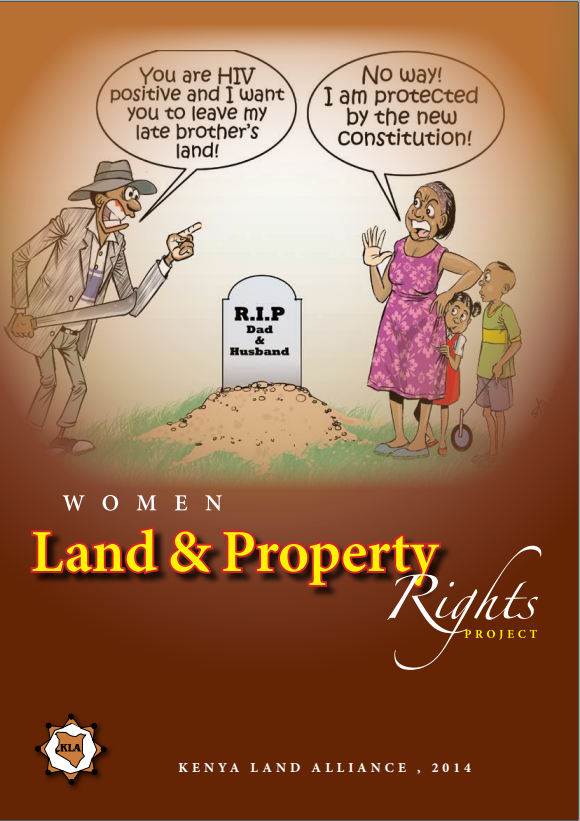Rural Road Development in India : An Assessment of Distribution of PMGSY Project Benefits in Three States by Gender and Ascribed Social Groups
In 2000, the Government of India
launched the Pradhan Mantri Gram Sadak Yojana (hereinafter
PMGSY) with the primary objective of providing all-weather
road connectivity (with necessary culverts and
cross-drainage structures operable throughout the year), to
eligible unconnected habitations in rural areas. Currently,
about 60 percent of the 170,000 eligible habitations have a
road. By the end of 2010, expenditures for the program had


